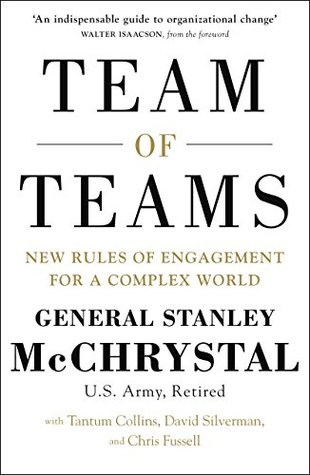More on this book
Community
Kindle Notes & Highlights
Read between
January 17 - February 3, 2023
The move-by-move control that seemed natural to military operations proved less effective than nurturing the organization—its structure, processes, and culture—to enable the subordinate components to function with “smart autonomy.”
Although I recognized its necessity, the mental transition from heroic leader to humble gardener was not a comfortable one.
Leading as a gardener meant that I kept the Task Force focused on clearly articulated priorities by explicitly talking about them and by leading by example.
The rules for any meeting are established more by precedent and demonstrated behavior than by written guidance.
I adopted a practice I called “thinking out loud,” in which I would summarize what I’d heard, describe how I processed the information, and outline my first thoughts on what we should consider doing about it.
I would tell my staff about the “dinosaur’s tail”: As a leader grows more senior, his bulk and tail become huge, but like the brontosaurus, his brain remains modestly small. When plans are changed and the huge beast turns, its tail often thoughtlessly knocks over people and things. That the destruction was unintentional doesn’t make it any better.
Creating and leading a truly adaptive organization requires building, leading, and maintaining a culture that is flexible but also durable. The primary responsibility of the new leader is to maintain a holistic, big-picture view, avoiding a reductionist approach, no matter how tempting micromanaging may be.
The leader’s first responsibility is to the whole.
More than directing, leaders must exhibit personal transparency. This is the new ideal.
We had fused a radical sharing of information with extreme decentralization of decision-making authority.
the people can be effectively empowered only if they have enough context to make good decisions.
In other words, a system requires shared consciousness before it can reap the benefits of empowered execution.
Just as empowerment without sharing fails, so does sharing without empowerment.
Standards, norms, and rules of engagement make us comfortable. This is effective; this is efficient. Things should not look like a chaotic, self-organizing mess. And for the past century, those models served us well.
The potential gains in productivity promised by industrialization were being constrained by inconsistent, localized practices. He threw out the apprenticeship model that had worked so well for centuries and put in its place his doctrine of reductionist, replicable efficiency whose legacy remains threaded through organizations to this day.
the core of the Task Force’s journey to adaptability lay a yin-and-yang symmetry of shared consciousness, achieved through strict, centralized forums for communication and extreme transparency, and empowered execution, which involved the decentralization of managerial authority. Together, these powered our Task Force; neither would suffice alone. ♦


